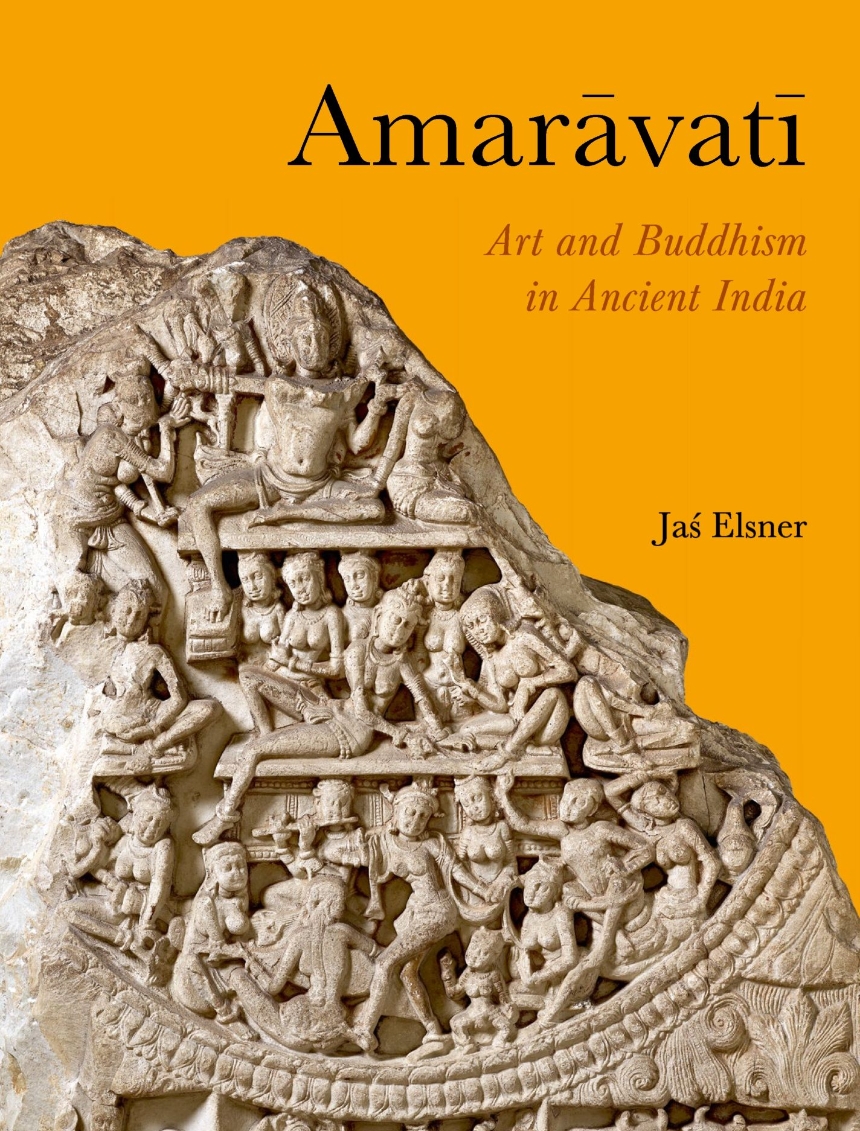A visual exploration of the Buddhist stupa or reliquary mounds at one of ancient India’s most remarkable monuments at Amarāvatī.
In this book, Jaś Elsner presents a fresh perspective on the rich visual culture of ancient South Asia, connecting the stupa’s artistic innovations with advancements in Buddhist philosophy and practice. He offers new insights into early Buddhist art in South India, as well as a new understanding of the relationship between early Buddhism and its material culture. The photographs collected here, particularly those featuring objects from the British Museum in London, reveal in detail how the stupa communicated Buddhist teachings and practices to its followers, making this book an invaluable resource for students and scholars alike.
In this book, Jaś Elsner presents a fresh perspective on the rich visual culture of ancient South Asia, connecting the stupa’s artistic innovations with advancements in Buddhist philosophy and practice. He offers new insights into early Buddhist art in South India, as well as a new understanding of the relationship between early Buddhism and its material culture. The photographs collected here, particularly those featuring objects from the British Museum in London, reveal in detail how the stupa communicated Buddhist teachings and practices to its followers, making this book an invaluable resource for students and scholars alike.
308 pages | 125 color plates, 25 halftones | 7.48 x 9.84
Art: Ancient and Classical Art, Middle Eastern, African, and Asian Art
Reviews
Table of Contents
Preface
Introduction
Part I: The Great Stupa at Amaravati
1 Approach and Circumambulation
2 The Inscriptions and Their Messages
Part II: Narrative Sculpture
3 Visual Storytelling and the Vision of Karma
Part III: The Wider Indian Context
4 Theatricality
5 Cosmography
Part IV: Icon and Replication
6 Buddhapada: Symbolism, Visual Epitome and the Creation of Icons
7 Systems of Representation
Conclusion
References
Bibliography
Acknowledgements
Photo Acknowledgements
Index
Introduction
Part I: The Great Stupa at Amaravati
1 Approach and Circumambulation
2 The Inscriptions and Their Messages
Part II: Narrative Sculpture
3 Visual Storytelling and the Vision of Karma
Part III: The Wider Indian Context
4 Theatricality
5 Cosmography
Part IV: Icon and Replication
6 Buddhapada: Symbolism, Visual Epitome and the Creation of Icons
7 Systems of Representation
Conclusion
References
Bibliography
Acknowledgements
Photo Acknowledgements
Index

